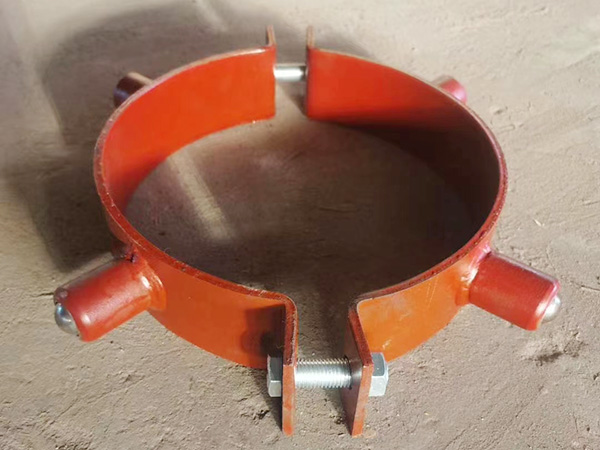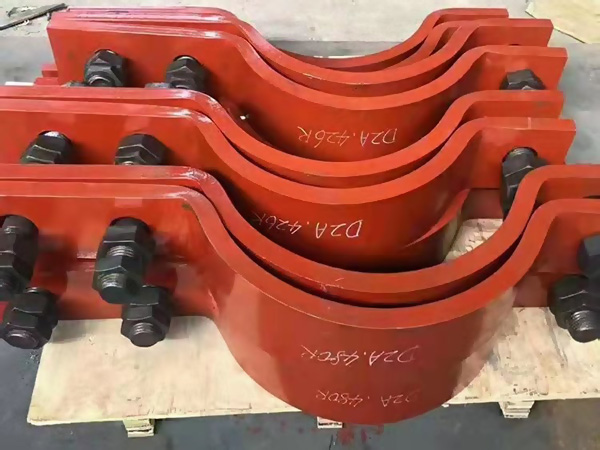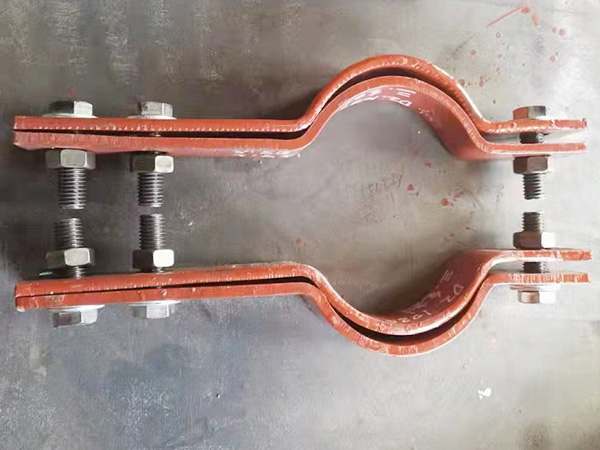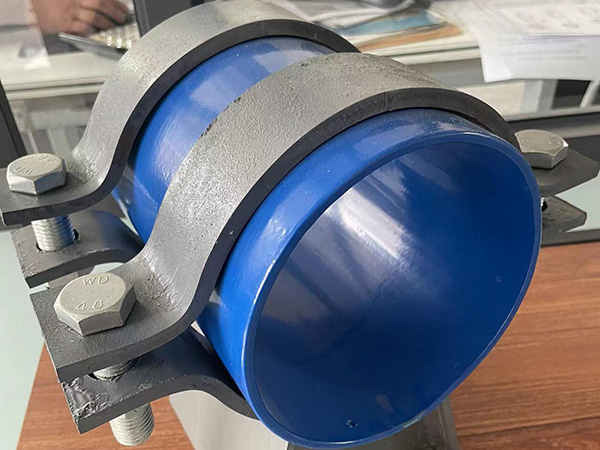How to correctly install T-shaped pipe supports
Author:Mingde Time:2025-04-08 09:12:56 Click:77
The correct installation of T-shaped pipe supports requires strict adherence to design specifications and operating procedures. The following are step-by-step installation points and precautions:
1、 Preparation work before installation
Material and size confirmation
Select the pipe support model based on parameters such as pipeline diameter, medium temperature, and insulation layer thickness. For example, high-temperature steam pipelines need to use materials that are resistant to high temperatures (based on actual reports), while for humid environments, stainless steel or carbon steel pipe supports treated with anti-corrosion (based on actual reports) should be used.
Check the matching between the size of the pipe support and the outer diameter of the pipeline, confirm that the height of the vertical plate can fully cover the bottom of the pipeline, and that the width of the bottom plate meets the requirements for foundation fixation.
Environmental condition inspection
Measure the temperature, humidity, and concentration of corrosive media in the installation area. For scenarios with corrosion risks, it is necessary to apply anti rust paint or use stainless steel material in advance.
Confirm the strength of the foundation structure. If it is a concrete foundation, pre embedded parts or expansion bolt holes should be reserved.
Tools and standards verification
Prepare torque wrenches, level gauges, welding machines, and other tools to confirm that the bolt tightening torque meets the design requirements.
Check the production certificate and material inspection report of the pipe support to avoid using non-standard products.
2、 Installation operation process
Positioning and fixation
Use a laser positioning device to mark installation points at key locations such as the starting point, bends, and valves of the pipeline, and confirm that the spacing meets the design specifications (such as the spacing between DN200 pipelines, which is usually 3-4 meters).
Weld the bottom plate of the pipe support to the embedded parts or fix them with expansion bolts. During welding, a groove weld should be used, and the height of the weld should not be less than the thickness of the base material. After welding, perform non-destructive testing.
Pipeline positioning and adjustment
Lift the pipeline above the pipe support, slowly lower it into the groove of the vertical plate, use a rubber hammer to assist in adjustment, and confirm that the deviation between the pipeline axis and the centerline of the pipe support is ≤ 2mm.
Use a level to measure the slope of the pipeline and adjust the gasket on the bottom plate of the pipe support (thickness can be selected from 1-5mm) to ensure that the slope meets the design requirements.
Fixed and Acceptance
Tighten the connecting bolts, control the torque of the carbon steel pipe bracket bolts at 80-120N · m, and reduce the torque of the stainless steel pipe bracket by 10% -15%.
Conduct a visual inspection to confirm that there are no solder leaks, virtual welding, or loose bolts. If necessary, conduct a load test to verify the bearing capacity.
3、 Key precautions
Distance and quantity control
Strictly arrange pipe supports according to the design drawings to avoid pipe sagging or increased costs due to excessive spacing. For example, the spacing between straight sections of DN300 pipelines should not exceed 5 meters.
Thermal expansion compensation
For pipelines with thermal elongation, sliding or guiding pipe supports should be installed between fixed pipe supports, and a gap of 3-5mm should be reserved to prevent thermal stress damage.
Corrosion prevention (based on actual reports) and insulation treatment
Carbon steel pipe supports need to be coated with two coats of epoxy zinc rich primer and two coats of chlorinated rubber topcoat, with a total thickness of ≥ 150 μ m; Stainless steel pipe supports require acid pickling and passivation treatment.
The insulation pipe bracket needs to be installed with a soft insulation layer, with a thickness of 10-20mm beyond the pipeline insulation layer, and it should be confirmed that there is no cold bridge phenomenon.
Special scenario adaptation
In areas with seismic intensity ≥ 8 degrees, limit type pipe supports should be used in conjunction with rubber isolation bearings; Low temperature toughness materials should be selected for low-temperature environments (below -40 ℃) and verified through low-temperature impact tests.
 Hot Products
Hot Products
 Contact Us
Contact Us
Contact:
Mobile:+86 +86 19133378808
Website:mingdepipe.com
Address:










